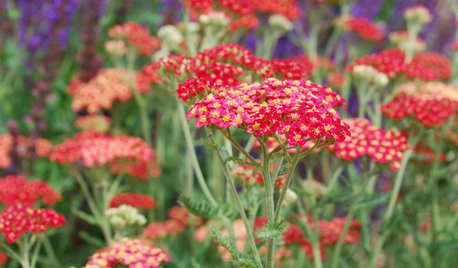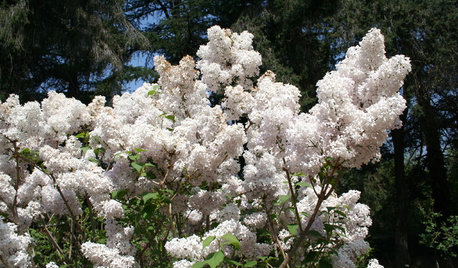Cottonseed Meal
carla17
19 years ago
Related Stories

GARDENING GUIDESTackle Weeds the Natural Way
Instead of dousing your yard with chemicals to wipe out weeds, let time and nature work their magic via smothering and solarization
Full Story
GARDENING GUIDESSouthern California Gardener's September Checklist
Before prime planting time, clean out the old garden, prepare for the new, and dream up ideas for fall flowers and veggies
Full Story0

GARDENING GUIDESTexas Gardener's February Checklist
Show roses some love around Valentine's Day and set the stage for future garden growth with seeds and starts
Full Story
REGIONAL GARDEN GUIDESPacific Northwest Gardener: What to Do in April
Get ready for annual flowers and watch out for snails to ensure a bountiful garden now through summer
Full StorySponsored






morz8 - Washington Coast
mnten
Related Professionals
Barrington Hills Landscape Architects & Landscape Designers · Wixom Landscape Architects & Landscape Designers · Finneytown Landscape Architects & Landscape Designers · Andover Landscape Contractors · Brookfield Landscape Contractors · Clayton Landscape Contractors · Concord Landscape Contractors · Conroe Landscape Contractors · Fruit Heights Landscape Contractors · Hampton Bays Landscape Contractors · Hendersonville Landscape Contractors · Rosemount Landscape Contractors · Santa Maria Landscape Contractors · Whitehall Landscape Contractors · Four Corners Landscape Contractorshayne
rhodyman